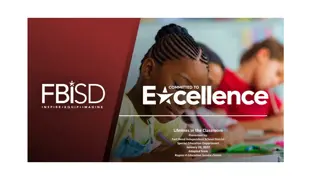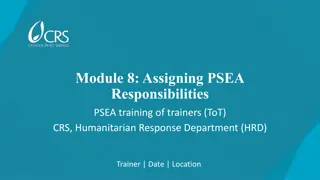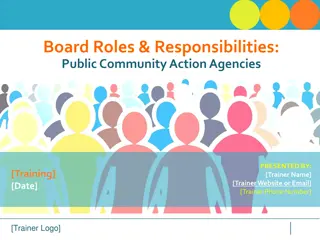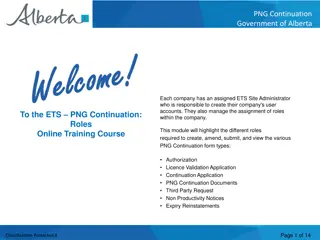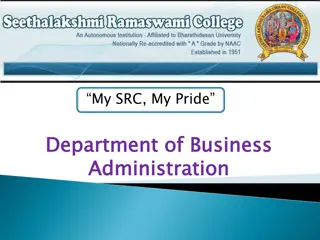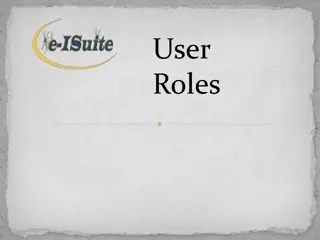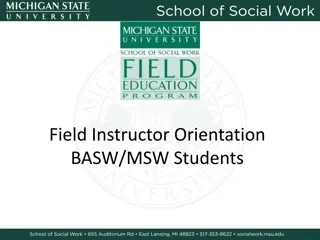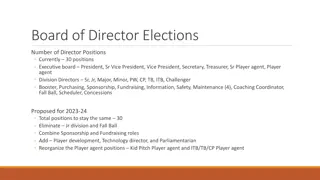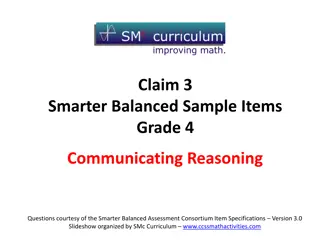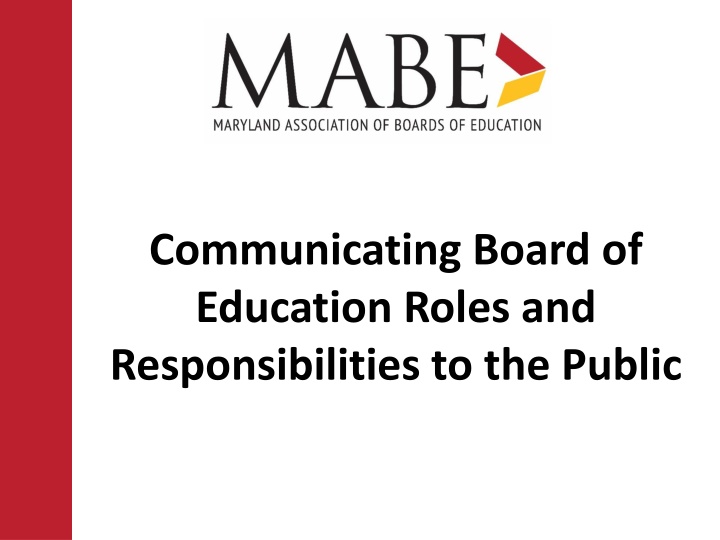
The Roles and Responsibilities of School Boards and Superintendents
Learn about the key responsibilities of school boards and superintendents, including governance vs. management, decision-making processes, vision-setting, policy implementation, community leadership, and more to ensure effective school district operations and student success.
Download Presentation

Please find below an Image/Link to download the presentation.
The content on the website is provided AS IS for your information and personal use only. It may not be sold, licensed, or shared on other websites without obtaining consent from the author. If you encounter any issues during the download, it is possible that the publisher has removed the file from their server.
You are allowed to download the files provided on this website for personal or commercial use, subject to the condition that they are used lawfully. All files are the property of their respective owners.
The content on the website is provided AS IS for your information and personal use only. It may not be sold, licensed, or shared on other websites without obtaining consent from the author.
E N D
Presentation Transcript
Communicating Board of Education Roles and Responsibilities to the Public
Welcome and Introductions Molly Young, Director of Board Development
Effective School Boards Commit to a vision of high expectations for student achievement and quality instruction. Make sure these goals remain their district s top priority. Are accountability driven. Have a collaborative relationship with staff and community. Are data savvy. Align and sustain resources. Recognize their responsibility is not to run the schools, but to see that they are run well by others. Know that the reputation of the entire school district is reflected in their behavior and attitude. Are able to sift fact from fiction, to sort out rumors from realism, and to know the difference. Refer, as far as possible, all complaints and requests to the appropriate administrative officer.
Key Work of School Boards Vision: The agreed upon philosophy of and goals for the district. Accountability: How vision gets measured and judged. Policy: The main lever board members use to to implement the vision. Community leadership: Ambassadors and advocates for district interests. Relationships: Cultivating an open relationship between the board and superintendent.
Governance vs Management The Board governs, which is the act of transforming the needs, wishes and desires of the community into policies that direct the community s schools. Focus on the what The Superintendent manages the day to day operation of a system. Focus on the how
Board & Superintendent Roles School Boards GOVERN Decide WHAT Superintendents MANAGE Decide HOW Set vision, mission, goals Manage in alignment with these Adopt policies Provide recommendations Approve, monitor, and review budget Recommend budget priorities & prepare budget for approval Consider issues Provide recommendations Approve and review plans Implement plans Adapted from AZBA
Board & Superintendent Roles School Boards GOVERN Decide WHAT Superintendents MANAGE Decide HOW Evaluate the superintendent Ensure the evaluation of all staff Delegate day-to-day operations to the superintendent Manage or assign all operational aspects of the district Approve construction projects Make building & facility construction / renovation recommendations Approve public engagement plan Implement strategies to involve parents / community members and create partnerships
A Relationship of Trust Board and Superintendent as a Team The Superintendent Means (Methods) How ? When? Where? Who? Objectives Action Plans Regulations Procedures Implement Recommend The Board Ends (Results) Why? What? How Much? Vision Mission Goals Policies Monitor Vote
Communication and Trust Clarity: People trust the clear and mistrust the ambiguous Compassion: People put faith in those who care beyond themselves Character: People notice those who do what is right over what is easy Competency: People have confidence in those who stay fresh, relevant, and capable. Commitment: People believe in those who stand through adversity. Connection: People want to follow, buy from, and be around friends. Contribution: People immediately respond to results. Consistency: People love to see the little things done consistently.
Effective Communication Regular Clear Mission and Vision Accessible information Transparent Two-way Evaluate and Adjust Models ethical behavior
Your Communication Tools Board Orientation Board Meetings Email Press Releases (Superintendent AND Board) Running into people Social Media Annual Reports
Your Turn Think of a time when you have been reached out to by a stakeholder? WHY is it important to communicate the appropriate roles and responsibilities? WHAT do you need to consider? WHO should you loop in to get needs met/questions answered? WHAT key talking points should you use? HOW should you communicate to the member practice!



